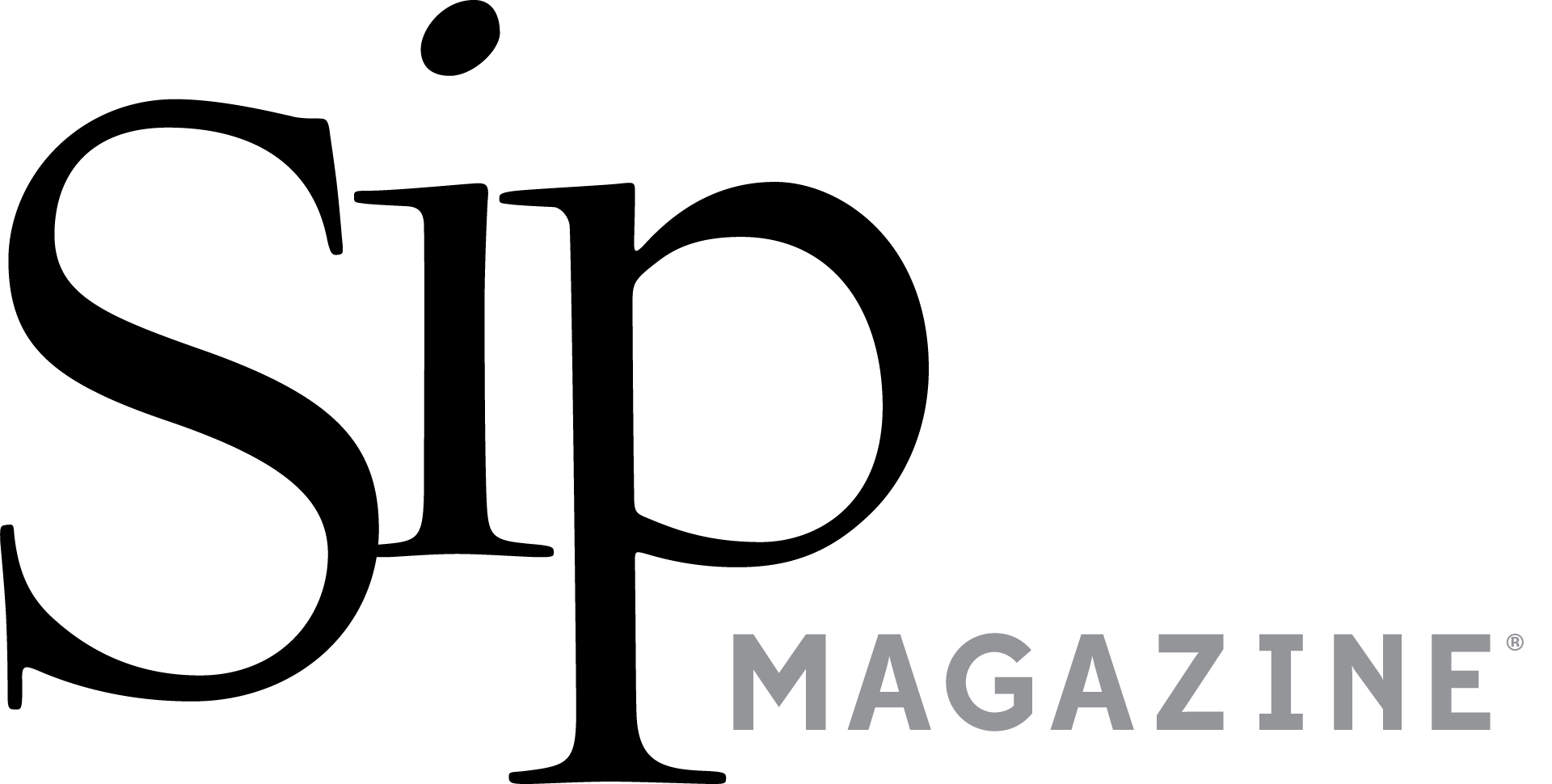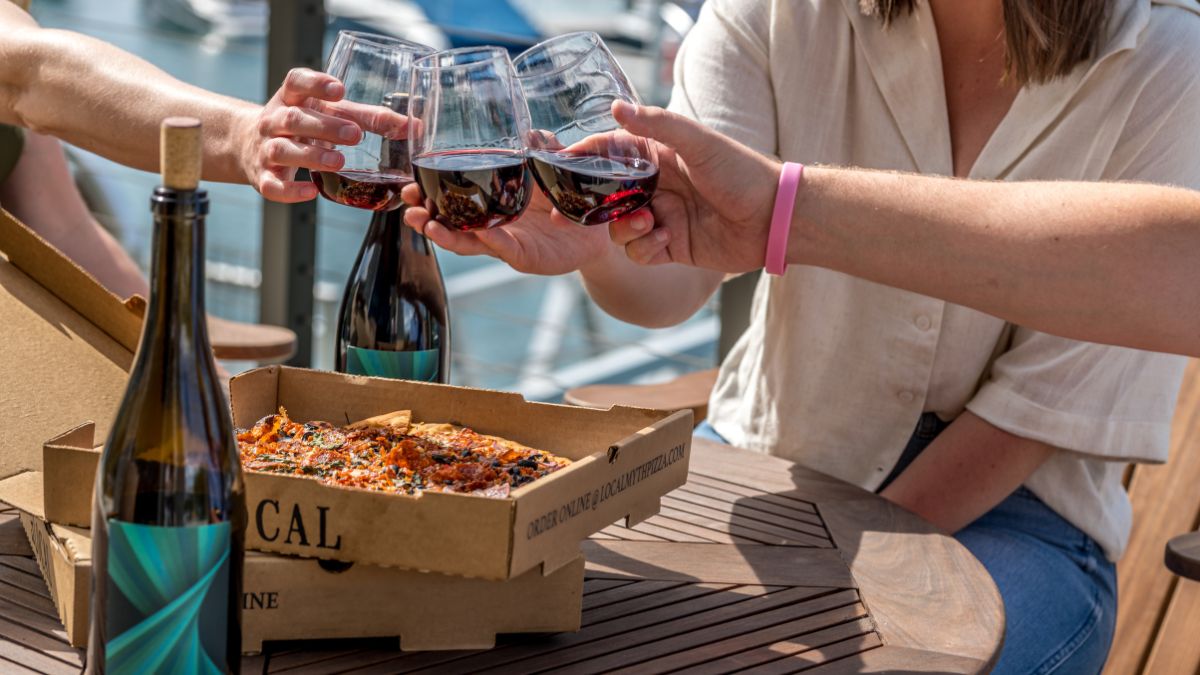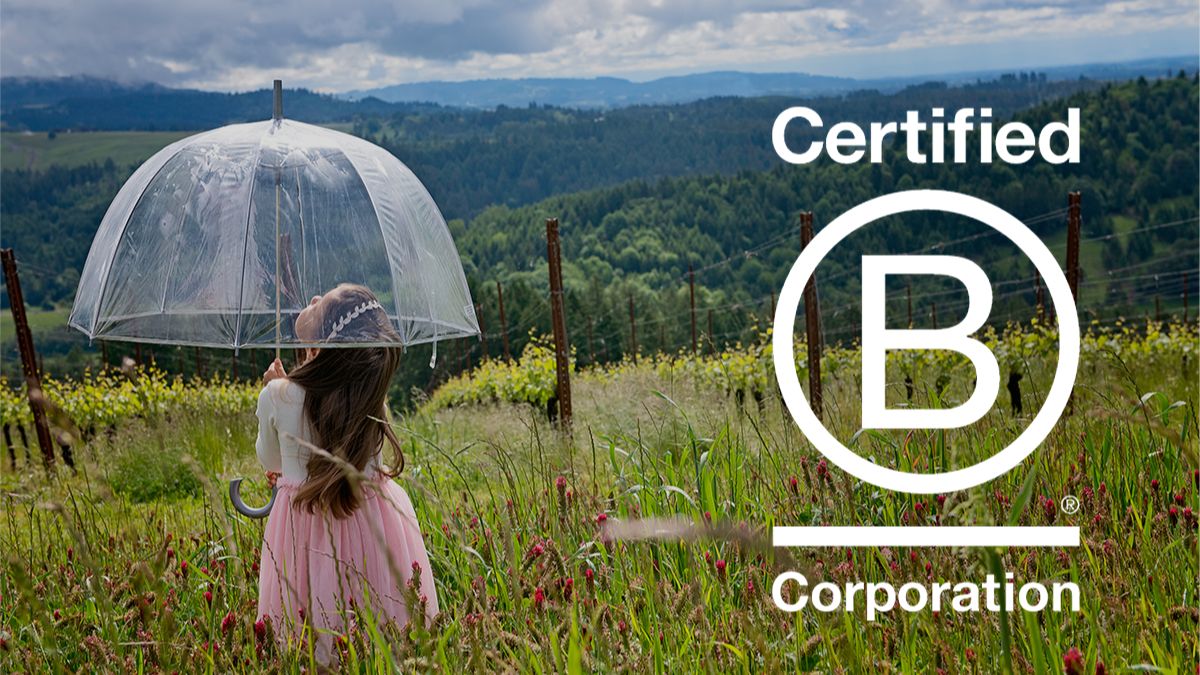If you’re anything like me, August is a stressful month. Besides trying to keep on top of all the news about this year’s crop of wine grapes, August is also when my many fantasy football drafts happen, and preparing for those is tough (and thirsty) work. In a moment of what I’m going to consider to be true brilliance and inspiration, I had an idea: why not create a fantasy wine league? After a couple more glasses, I had a rough framework for a league, the core of which is a series of blind tastings conducted by the members of the league. I’ve decided to share my brilliant idea with all of you, because that’s just the kind of guy I am.
League Size: I personally think eight teams is the optimal amount, for reasons that will become clear, but you could go as low as six or as big as 12, if you’re ambitious.
Draft: Each team will select a total of eight wines—four white and four red. The draft is a standard snake draft, where the team that has the first overall selection would not pick again until the end of the second round.
Eligible Wines: Wines must be of the current vintage and be made in Washington, Oregon, Idaho and British Columbia. Additionally, wines can’t cost more than $50 retail individually, and most importantly no team can spend more than $200 total on their wines.
Roster Construction/Positions: Six of the wines must be a single varietal, or at least labelled that way. The four white wine slots must include a Chardonnay, a Riesling and a Sauvignon Blanc. The fourth slot may be filled with any other varietal or blend thereof, as long as it is not more than 50 percent Chardonnay, Riesling or Sauvignon Blanc.
The red wine slots are similar: each team must have a Cabernet Sauvignon, a Syrah and a Pinot Noir. The fourth slot will be again available for other varietals, or blends, with the same caveat: it can not be more than 50 percent Cabernet Sauvignon, Syrah or Pinot Noir.
Scoring: Obviously, wine doesn’t lend itself to the obvious scoring metrics like football, but I think I’ve got a fun way to get around that. Each week, the members of the league meet to blind-taste one of the categories (Chardonnay or Pinot Noir, or whatever). Each team must bring a bottle of their wine, and scoring sheets will be distributed to each team. They will then each rank the wines in order of preference (from 1-8), and the scores will then be tallied up, with the first place wine getting eight points, the second place wine getting seven, and so on. In an eight-team league, the most any one wine can earn is 64 points. The team with the most points at the end of eight weeks of tasting wins!
Costs: Obviously one of the challenges is that, well, wine is costly. Hence the $200 limit per team. If you’ve got deeper pockets than a wine writer (unfathomable, I know), you can of course spend more. Prizes should be left up to individual leagues, but I do think the best part of this league is that it’s an excuse to get together with your friends and drink some wine. What more could you want?






